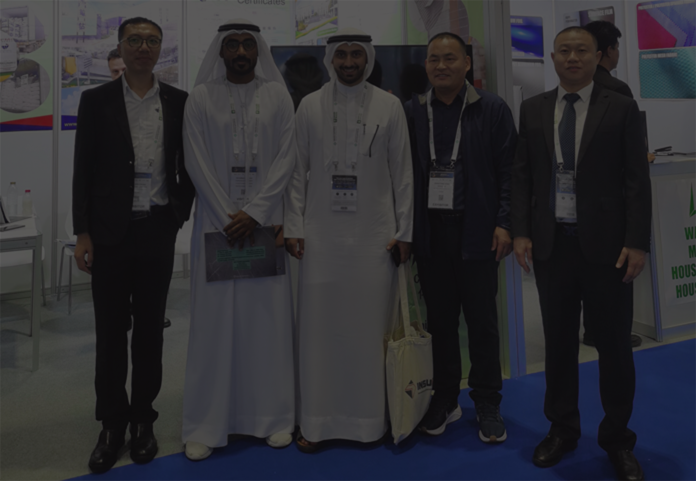
Oct . 12, 2024 23:53 Back to list
HPMC Pricing Insights and Market Trends for 2023
Understanding HPMC Pricing and Its Market Dynamics
Hydroxypropyl Methylcellulose (HPMC) is a versatile and widely used biopolymer known for its surfactant, thickening, and film-forming properties. It is primarily utilized in various industries, including pharmaceuticals, construction, food, and personal care products. The pricing of HPMC has seen fluctuations influenced by several market factors, which we will explore in detail.
Factors Influencing HPMC Prices
1. Raw Material Costs The primary ingredient in the production of HPMC is cellulose, which is derived from natural sources such as wood or cotton. The price of cellulose can be volatile, influenced by supply chain disruptions, environmental regulations, and demand from other industries that use cellulose derivatives, such as the textile and paper industries.
2. Production Process The synthesis of HPMC involves a multi-step chemical process that requires significant energy input and precise control of processing conditions. Any increase in energy costs, labor, and operational expenses can lead to an increase in HPMC prices. Manufacturers constantly seek ways to optimize production efficiency to mitigate these costs.
3. Demand and Supply Dynamics There is a growing demand for HPMC in various applications. For instance, in the pharmaceutical industry, HPMC is used as an excipient in tablet formulations and as a film-coating agent. The construction industry also relies on HPMC for cement-based materials that enhance workability and water retention. Fluctuations in demand from these sectors can significantly impact pricing.
4. Market Competition The HPMC market is characterized by several key players, which means competition can play a role in pricing. Manufacturers may adjust prices strategically to gain market share or respond to competitors' pricing strategies. This competitive landscape can lead to price stabilization in some segments while causing volatility in others.
hpmc price

5. Global Trade Policies International trade policies, tariffs, and import/export restrictions can directly affect the pricing of HPMC. Countries that rely heavily on imported materials may see price increases due to tariffs, while those that can produce HPMC domestically may have more stable pricing structures.
6. Technological Advancements With advancements in chemical engineering and production technology, manufacturers are continually improving how HPMC is produced. Innovations that lower production costs can enable companies to offer more competitive prices. Such advancements can include more efficient raw material processing techniques and better quality control systems that ensure consistent product quality.
Impact of HPMC Prices on Different Industries
The pricing of HPMC not only impacts manufacturers but also has a ripple effect across the industries that utilize this crucial polymer. In the pharmaceutical sector, for example, price increases can lead to higher production costs, which may ultimately be passed on to consumers in the form of higher drug prices. In the construction industry, rising HPMC prices can affect the overall cost of building materials, influencing project budgets and timelines.
Conversely, if prices decrease due to oversupply or improved production efficiencies, it may lead to increased adoption of HPMC in various applications, spurring innovation and expanding market reach.
Conclusion
In summary, the price of HPMC is determined by a complex interplay of raw material costs, production processes, demand and supply dynamics, market competition, global trade policies, and technological advancements. Understanding these factors is critical for industry stakeholders, including manufacturers, suppliers, and customers, as they navigate the challenges of pricing in a competitive landscape. As industries continue to evolve, keeping abreast of HPMC pricing trends will be essential for making informed purchasing and investment decisions.
-
Versatile Hpmc Uses in Different Industries
NewsJun.19,2025
-
Redispersible Powder's Role in Enhancing Durability of Construction Products
NewsJun.19,2025
-
Hydroxyethyl Cellulose Applications Driving Green Industrial Processes
NewsJun.19,2025
-
Exploring Different Redispersible Polymer Powder
NewsJun.19,2025
-
Choosing the Right Mortar Bonding Agent
NewsJun.19,2025
-
Applications and Significance of China Hpmc in Modern Industries
NewsJun.19,2025







